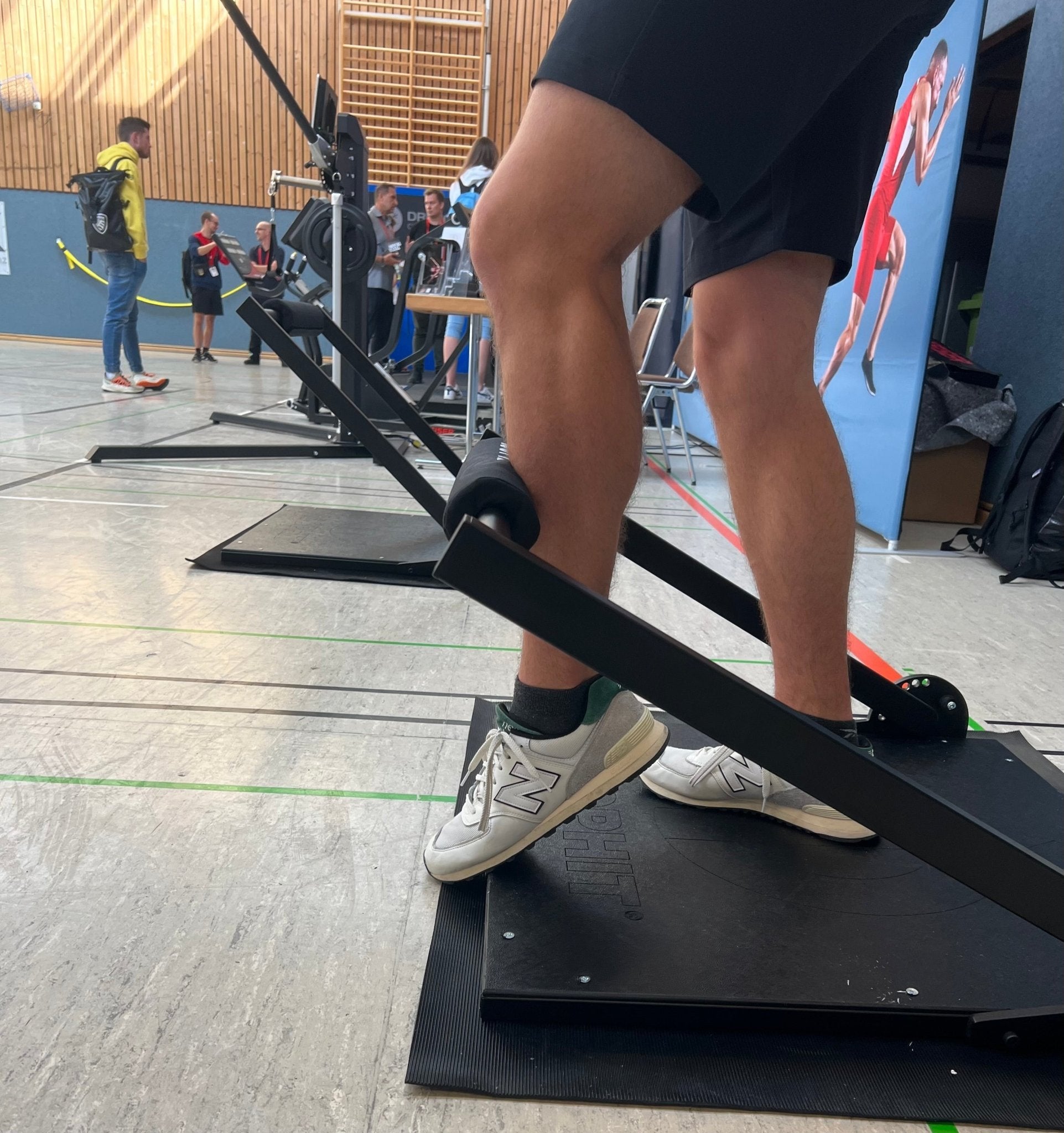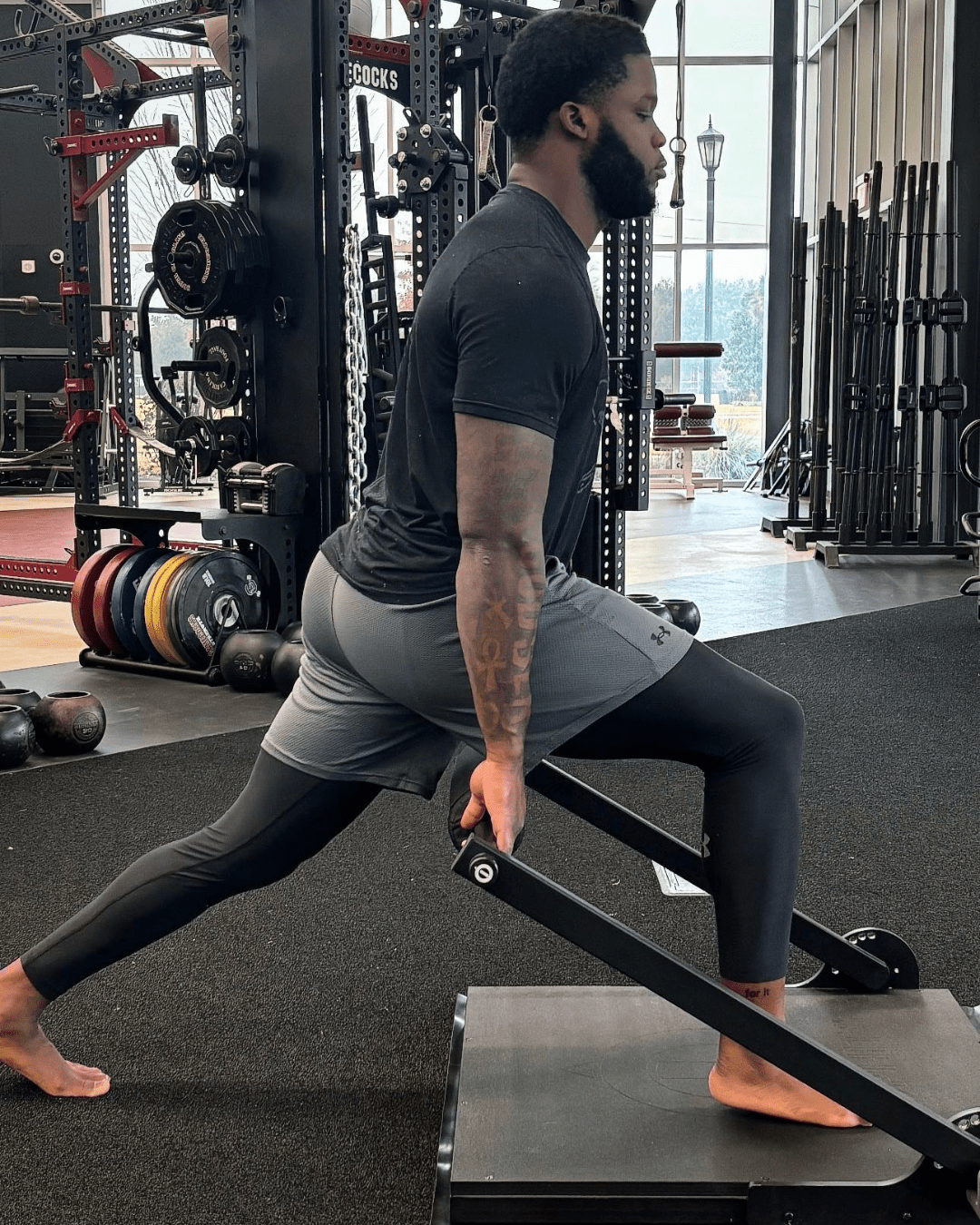Are you an athlete looking to gain an edge over your opponents (or teammates)?
The importance of isometric strength cannot be overstated when it comes to all aspects of sports performance. A study conducted by Del Balso and Cafarelli in 2007 sheds light on the neural adaptations that occur with short-term isometric resistance training, highlighting its significance for athletes.
The study examined the effects of a 4-week isometric resistance training program on 20 sedentary males. The participants were divided into a trained group and a control group. The trained group underwent 12 sessions (3 sessions per week) of isometric resistance training targeting the plantar flexor muscles.
After the training period, the trained group exhibited a remarkable 20% increase in maximum voluntary contraction (MVC) torque. This increase was accompanied by significant improvements in the rate of torque development, which increased by 42.5%. The rate of torque development reflects how quickly an athlete can generate force, making it a crucial factor for explosive movements in sports.
Additionally, the study revealed notable improvements in neural activation. The surface electromyogram (EMG) activity of the soleus muscle, which indicates the level of muscle activation, increased by 60.7%. This demonstrates that isometric training enhances the recruitment of muscle fibers, leading to more efficient force production.
Moreover, voluntary activation, which represents the percentage of maximal muscle activation under voluntary control, improved by 2.8%. This suggests that isometric training enhances the communication between the brain and muscles, allowing athletes to better utilize their strength potential.
The rate of activation, which signifies the speed at which muscles reach their maximal activation level, also experienced a significant improvement of 48.7%. This enhancement in the rate of activation further emphasizes the ability to generate force rapidly, crucial for explosive sports movements.
These results demonstrate the profound impact of isometric resistance training on both the physical and neural aspects of muscle activation. By improving the rate of torque development, muscle activation, voluntary control, and the speed of activation, athletes can enhance their explosive power, agility, and overall sports performance.
The study by Del Balso and Cafarelli underscores the importance of isometric strength for all aspects of sports. Isometric resistance training not only increases maximum strength but also improves the ability to generate force quickly and efficiently. Athletes who incorporate isometric training into their regimens can expect significant improvements in the rate of torque development, muscle activation, and overall neuromuscular coordination, leading to enhanced athletic performance across various disciplines.
If you would like to read it in its entirety. Email me at brad@isophit.com and I will send you a copy.
Yours in Isometric Strength,
Brad Thorpe
CEO / Inventor
Isophit





![5. 30inThirty™ Strength Series - [15 Printable Programs] - Isophit](http://www.isophit.com/cdn/shop/files/5-30inthirty-strength-series-15-printable-programs-433761.png?v=1728497641&width=1080)




Share:
Creating Impact Reducing Brain Impact: Building Isometric Strength with Isophit
Who is Brad Thorpe? And, what are people saying about him and Isophit?